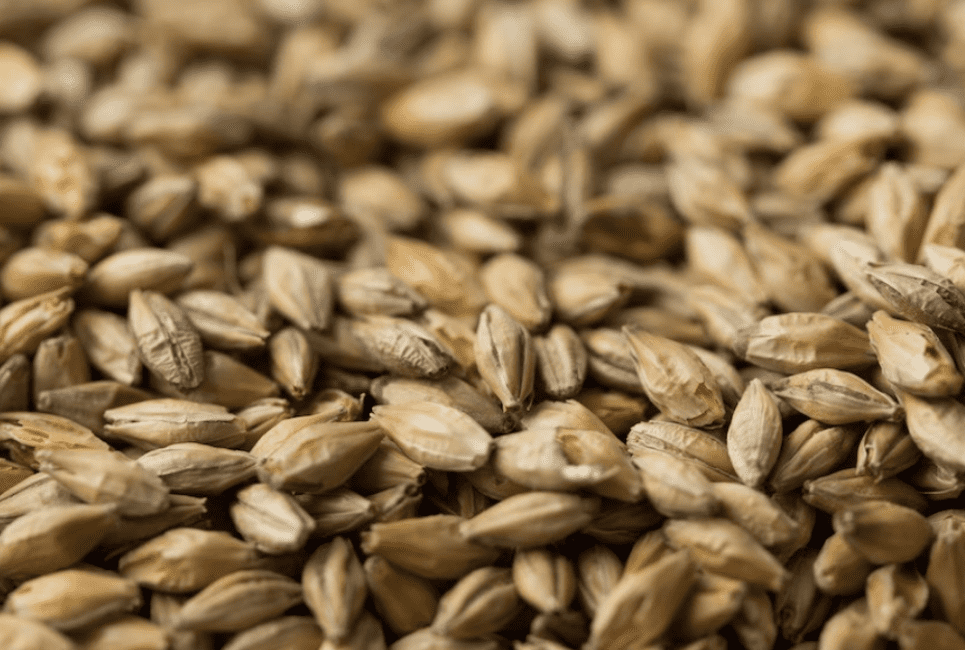- Vienna Malt Guide: How to Brew with Vienna Malt - October 10, 2021
When you decide you want to give home brewing a try, you’ll soon find that there’s a wide variety of ingredients to pick from. The first thing you need to do is get some hops. Second, you’ll also need to buy some yeast to help the beer ferment. Of course, you’ll also need plenty of water. However, what is perhaps most important to the taste of your beer is the malt you choose to brew it with.
While there are many different types of malts out there, this article will focus on brewing with Vienna malt. Beers made with Vienna malt tend to be light in color, smooth in texture, and have a crisp nutty, almost sweet taste. It’s popular for many brewers both in a professional and homebrew setting. If you want to know more about Vienna malt read on our Vienna Malt Guide to learn:
• How to brew with it
• Where to buy from
• How it compares to other malts
• And more
What is a malt?
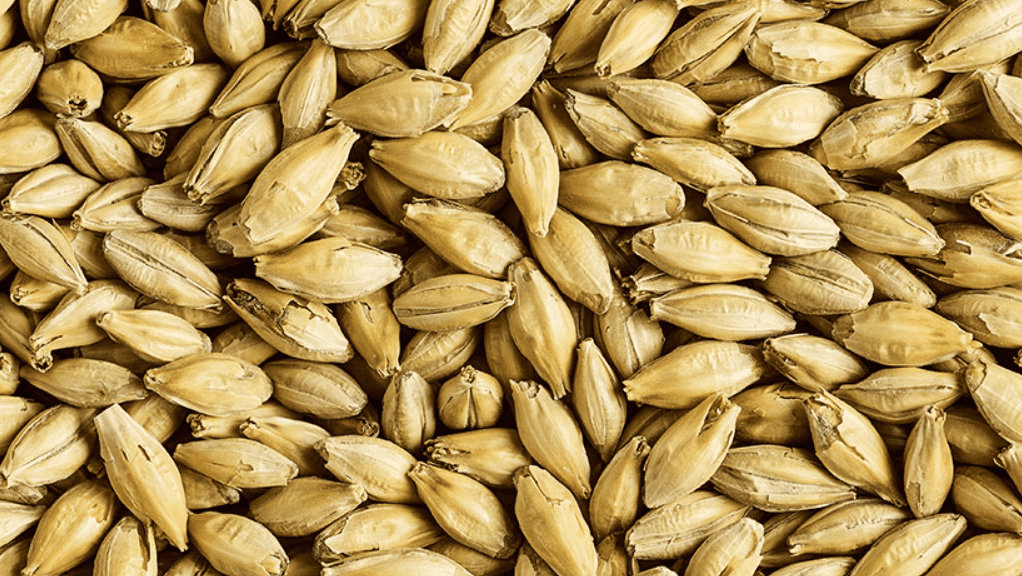
A Brewing Malt is, as mentioned before, one of the primary ingredients you need when brewing your beer. The simplest explanation is that malt is the part of the wheat used to make beer. Along with hops, the malt helps give beer its flavor and aroma. During the brewing process, sugars are extracted out of the malt itself, which is really what makes beer, beer.
However, malt isn’t ready to be brewed as soon as wheat sprouts up from the ground. It is first roasted, dried, and cured before brewers are able to use them to make beer. The malting process is where all the different varieties of malt you can use come in. They way in which the malt maker prepares the malt determines what properties it will have.
What are the different types of malt?
There are lots and lots of different types of malts you can use to brew beer. In general, they can be broken down into two different categories.
The first and most common kind of malt is called the Base Malt. The reason for this name is because Base Malts provide the most fundamental aspect of beer brewing. That is, provide the fermented sugars that give the beer its flavor. Vienna is included in this kind of malt. Other varieties include Pale Ale, Munich, Rye, Pilsner, and Wheat. Though there are much more than these.
Beyond Base Malts, there are also many different kinds of special malts as well. Though this term covers a broad range of malts, the main thing that separates them from Base Malts is that they are used primarily to produce a more distinct color, taste, and aroma to your beer. They might not be necessary to use, but they can help make your brew more robust and flavorful.
In addition to differentiating between the basic types of malt, when shopping you will also want to pay attention to where the malts were grown as different soils can yield different flavors. For example, malts grown in North America tend to have a fairly mild flavor while those grown in Europe can be more distinct.
How to Brew With Vienna Malt
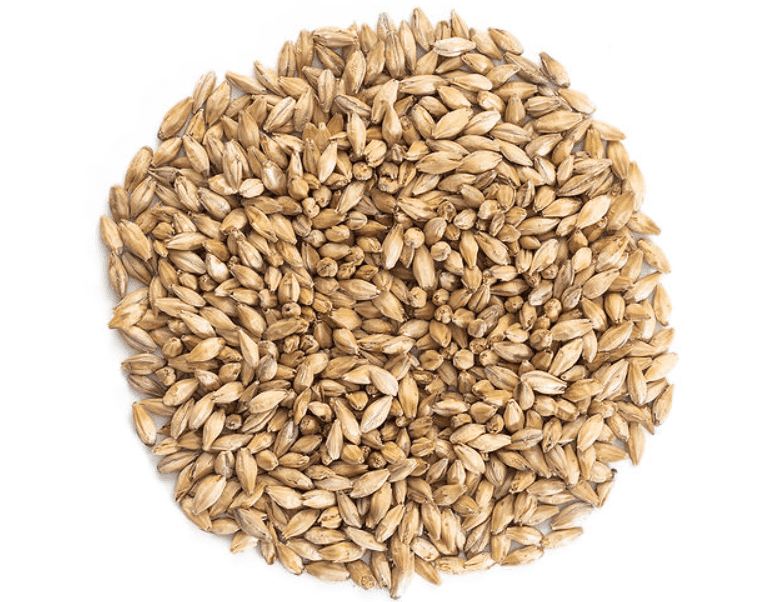
Before you begin brewing any kind of beer, you first need to make sure that you have everything you need to make it. This includes the primary ingredients:
• Yeast
• Hops
• Vienna Malt
• Water
And also the necessary tools including:
• A pot to boil the ingredients
• A straining bag to use while boiling the malt
• A hose to drain the wort (optional)
• A tightly sealed container to ferment your beer
Plus, you will also need a cool place to store your beer while it ferments. But now that you know you have everything you need you can finally begin the beer brewing process.
Step 1: Brewing the Beer
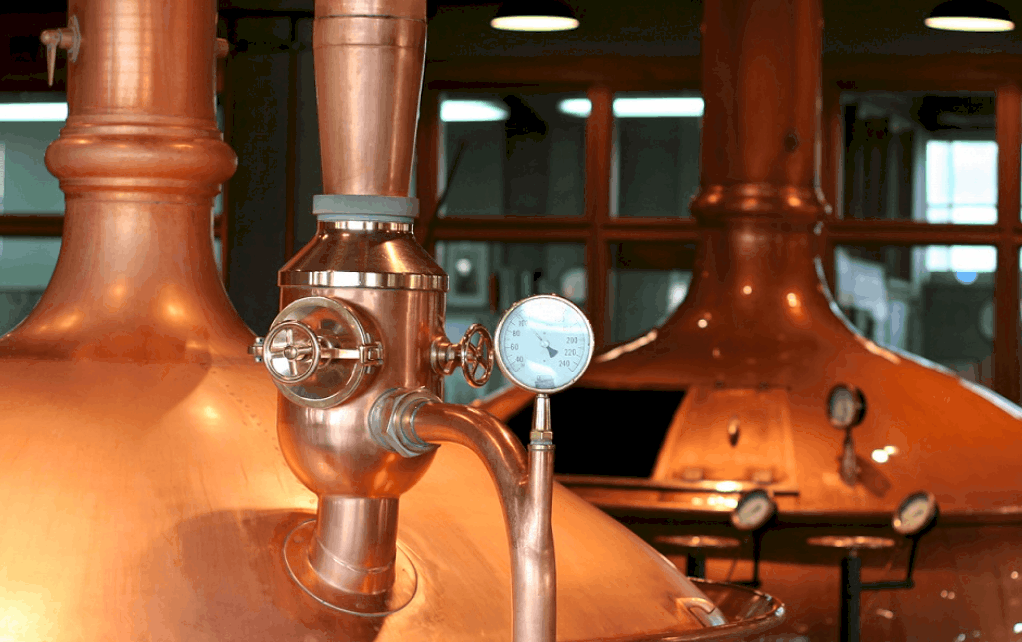
First grab the pot you intend to boil the beer in and fill it with the amount of water you desire. Then turn on the gas or electricity of your stove in order to bring the water to a boil. Once the water reaches between 148 and 165 degrees Fahrenheit, put your Vienna malt into the straining bag and hold it in the boiling water for between an hour and an hour and a half.
When it comes to adding the hops, you can add them at three separate stages of the boiling process. The first time to add hops is when you can see the water starting to come to a boil. This will add bitterness to the beer. The second time is during the middle of the boiling period. Adding hops at this point will give flavor. The third and final time is after the boiling is done. This final batch of hops will add aroma.
Step 2: Draining the Wort
Once you’ve finished boiling, the end product you have now will be called a wort. This is essentially the name for the liquid concoction you’ve created which will be turned into beer after it’s done fermenting.
As soon as you take your pot off the stove, you need to cool your wort as quickly as possible. To do this you can either set it in a sink full of ice or you can buy a specially made wort chiller. Once the wort is cool, you can either use a draining hose to transport it to your fermenting container or you can pour it in.
Step 3: Fermenting and Storage
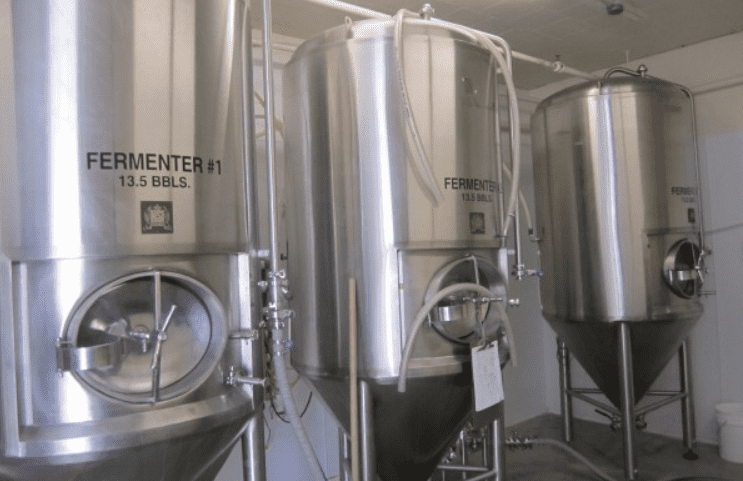
After the wort has been poured into your fermenting container, the first thing you need to do is add more water to it. Then take some time to swish the wort around to create oxygen that will help the yeast breathe.
Now is the time when you add the yeast to the mixture which will turn your wort into beer. Once the yeast is added, you will want to make sure your container is sealed as tightly as possible to avoid any outside contaminants. Finally, make sure it’s stored in a cool place, preferably under 70 degrees Fahrenheit, and give the beer plenty of time to ferment. After at least two weeks, it should be ready to drink.
Tips for Brewing With Vienna Malt
The instructions for brewing listed above are similar to the recipes you’ll find for many different beers. However, the exact amount of ingredients and time for cooking and brewing can vary widely depending on the recipe. This holds true for recipes that are made with Vienna Malt.
While you will certainly want to find your own recipe for more exact details on how to make your Vienna Malt beer, here are a few different tips you can keep in mind:
• You can mix Vienna with other malts to yield different flavors, textures, and colors
• Using 100% Vienna Malt with a lager yeast will create a Vienna Lager
• Mix Vienna Malt with a Pilsner Malt to make the color and flavor lighter
• Using Vienna Malt with Caramel Malt will yield a medium colored and slightly sweet beer
• Put in a balanced amount of hops to counteract Vienna’s flavor but not overwhelm it
There are many more possible tips beyond these of course but these few are ones you should keep in mind when making your Vienna Malt.
Where to Buy Vienna Malt
Thankfully, because Vienna is such a popular malt, there are many different places you can buy online and a number of different brands for you to choose from.
Weyermann Vienna Malt from BSG Craft Brewing
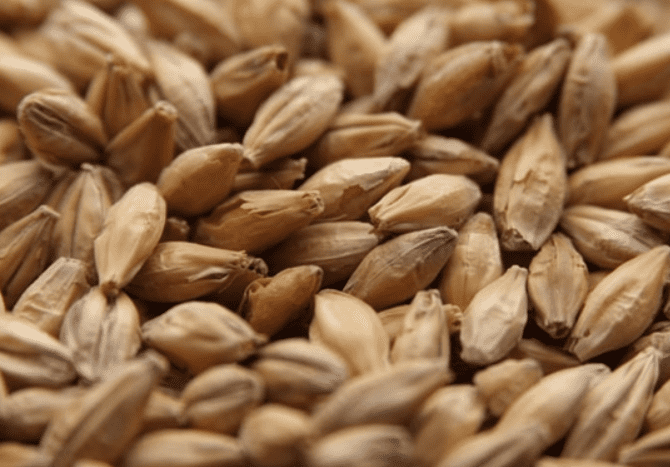
This company, Weyermann, is a world-leading manufacturer of many different types of malts. Founded in the 19th century in Bamberg Germany, Weyermann has spent many years as one of the world’s leading malt producers.
According to their description, Weyermann’s Vienna Malt will give you a full breadth of flavors when your beer is finished fermenting. In particular, those that would prefer a sweeter flavor will want to get their Vienna Malt from Weyermann’s as it is said to have a toasty, light, honey-like flavor.
Check out our comprehensive Weyermann Malt Review.
Briess Goldpils Vienna Malt from Northern Brewer
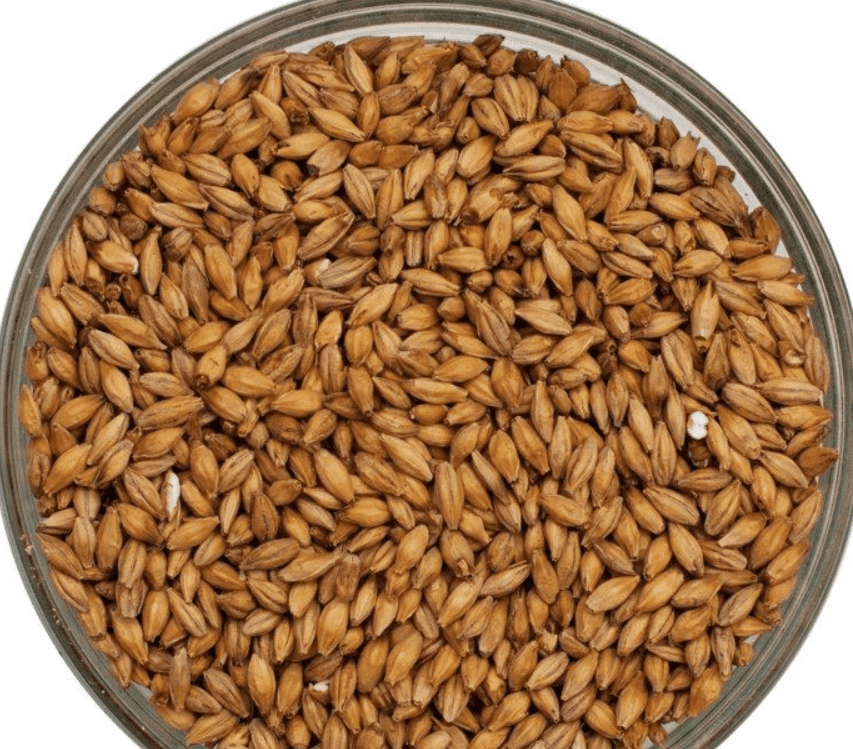
Founded in 1876, Briess is another company that’s been around long enough to say that its beer brewing products are top of the line. Originating in Czechoslovakia but with branches in the United States, Briess is well known internationally.
A bit different from Weyermann’s offering, Briess’ Vienna Malt focuses on its inherent malty flavor and hints of toasty aroma. It can be used in any beer where you want to enhance the flavor of the malt itself. Plus, at $1.79 per pound, it is fairly cheap and can be shipped anywhere.
Viking Vienna Malt
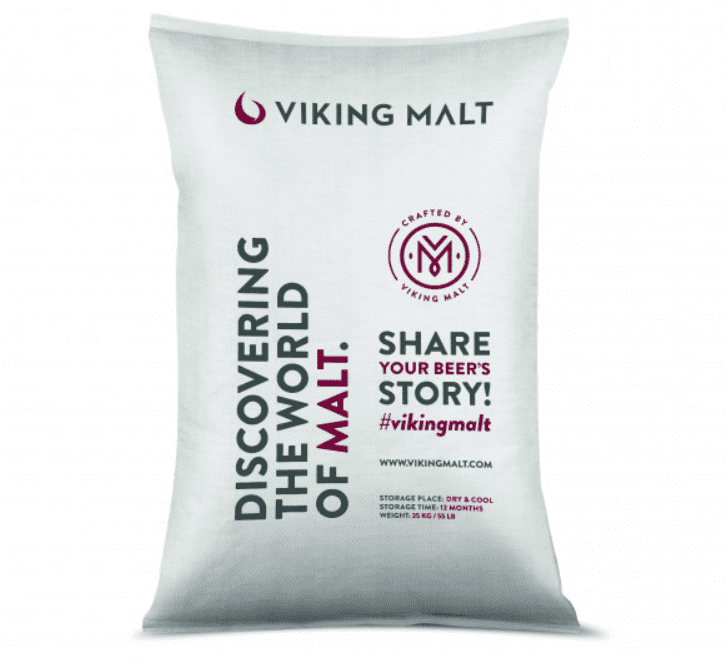
Much like the name implies, Viking Malt grows their grains up in Northern Europe being headquartered in Finland. As they were founded in 1882, Viking is slightly younger than Briess and Weyermann but is no less a well renowned and important name in the malt-making industry.
Viking explains that its Vienna is perfectly suited for brewing lighter beers and more specifically gives the beer a beautiful golden color. Like Weyermann’s product, Viking also notes that Vienna Malt tends to have a sweet, somewhat nutty taste to the beer.
Crisp Malts Vienna Malts
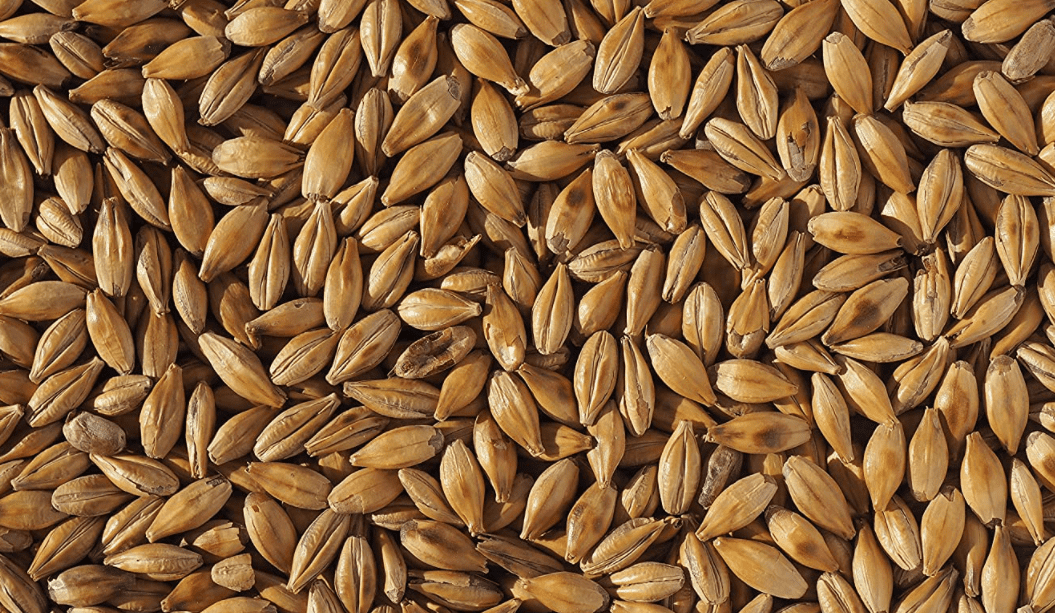
Crisp Malts is yet another classic European-based malt-making company. Founded in England in 1870, Crisp Malts combines both traditional and modern malt roasting techniques to yield the highest quality batches you can possibly buy.
When it comes to how to use Vienna Malt and what it gives to the beer, Crisp Malts highlights its flexibility in being usable for a variety of different recipes. For example, it can be used to brew the famous Vienna Lager, but it can also be used as the primary ingredient in German Kolsch and Pilsner beer styles as well.
While there are other stores you can buy your Vienna Malt from, these four companies are among the best in offering premium, professionally roasted malts, and other beer brewing products. In short, you can’t go wrong with buying from one of these suppliers.
FAQ
Question: Are there any alternatives to Vienna Malt?
Answer: Most experts agree that the best alternative to using Vienna Malt is the closely related Munich Malt. Both varieties five the beer a distinct golden color and also plenty of malty taste as well. But be careful because experts also agree that Munich should be used more moderately than Vienna Malt as it has a lower power level.
Question: Can Vienna Malt be used in an IPA?
Answer: Yes, many beer brewers around the world use Vienna Malt to make their IPA. Some IPA recipes may actually use entirely or mostly Vienna Malt. Other recipes may only use a small amount of Vienna Malt and mix it with several other malts. There are many of these recipes available online so if you want to use your Vienna Malt for an IPA check out any number of brewing sites or forums to see if any of them sound good to you.
Question: Is Vienna a crystal malt?
Answer: No, Vienna is not crystal malt. While there is a crystal malt called Caramel Vienna, this is a separate kind of malt from the base Vienna Malt talked about in this article. Crystal malts are different from base malts in that they are generally only used to add sweetness and extra color to a bear on top of that given by the base malt.
Conclusion
When you’re thinking about which malt to choose for your beer, Vienna is always a great and versatile choice. It’s guaranteed to give any beer that delectable toasty, malty, somewhat sweet flavor that people are always looking for. Not only is its taste great, but it also creates a beautiful golden hue that entices thirsty drinkers.
Brewing with Vienna is also fairly simple with most recipes following the basic steps to brew beer. Just keep a few different tips in mind and balance it with other ingredients to get the exact taste and color you’re looking for. You can also experiment with adding a variety of other malts to get a more distinct nuanced flavor.
Thanks to its popularity, you can also find Vienna Malt being sold by a number of experienced and well-renowned malt producers. Order your batch of Vienna Malt today so you can get started on making that perfect beer you’ve always been dreaming about.

